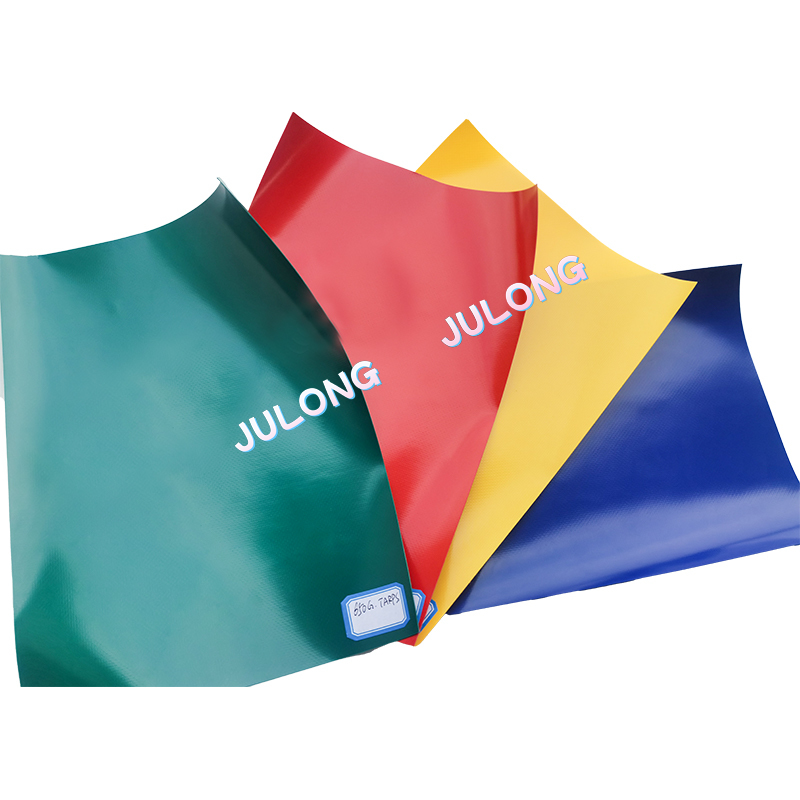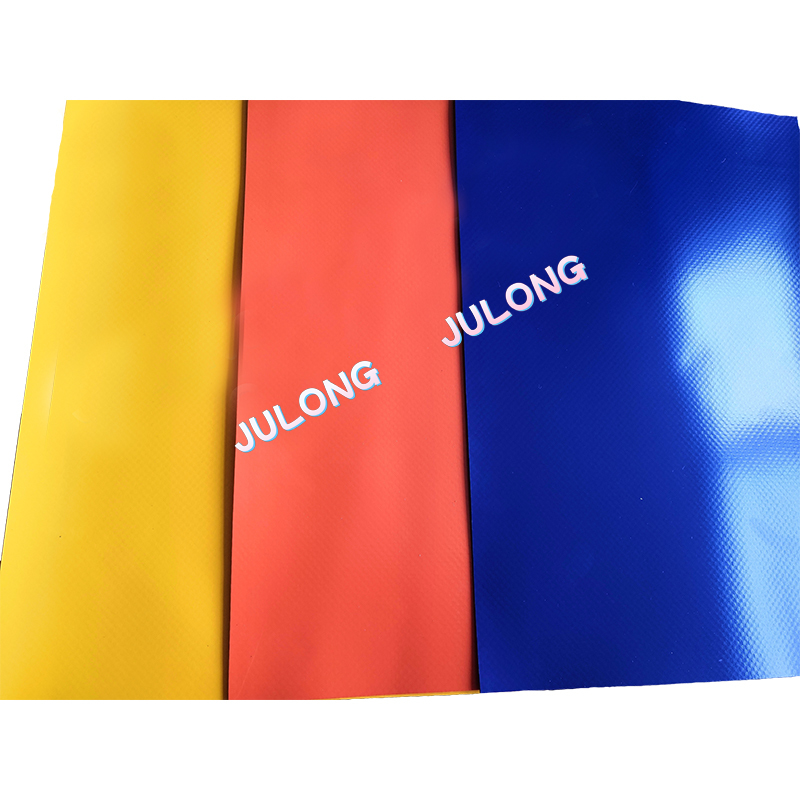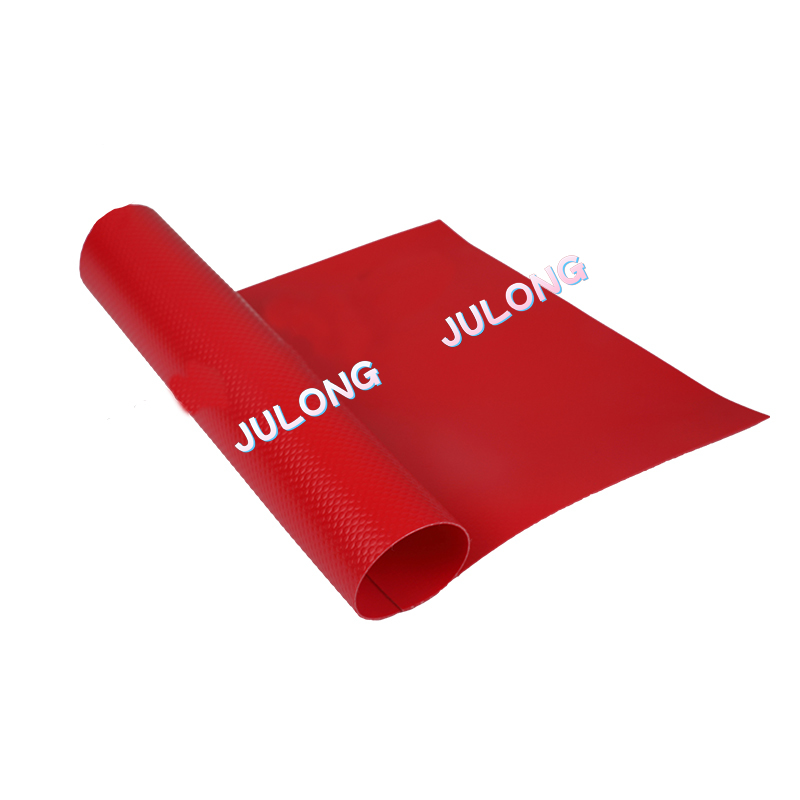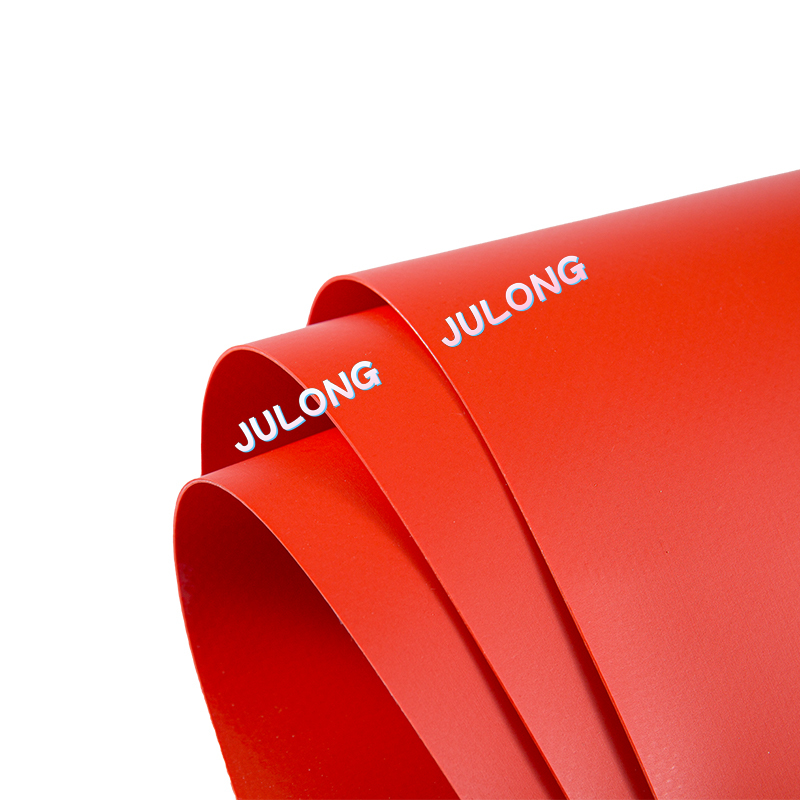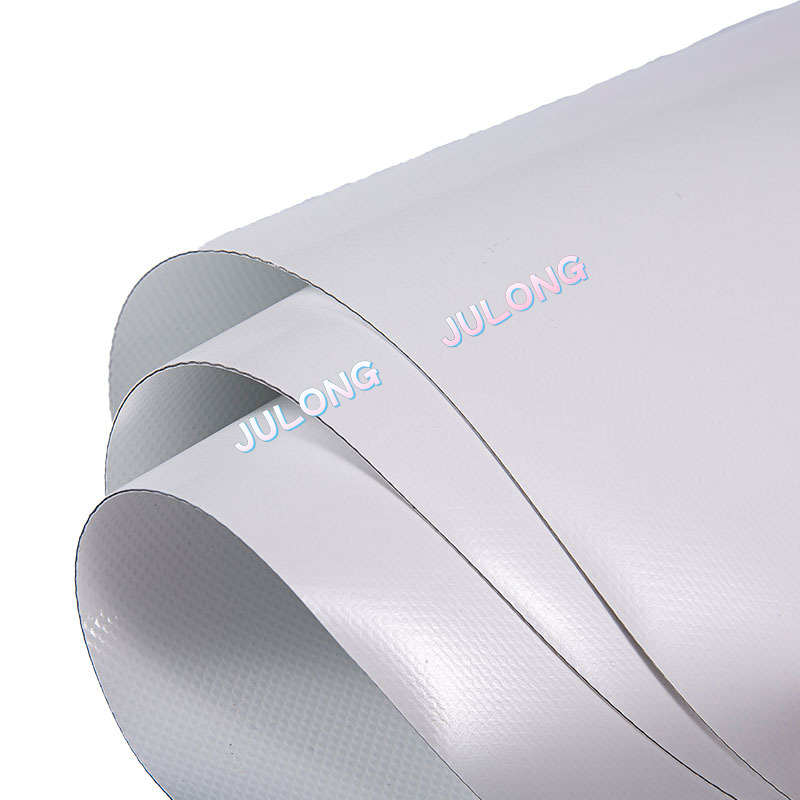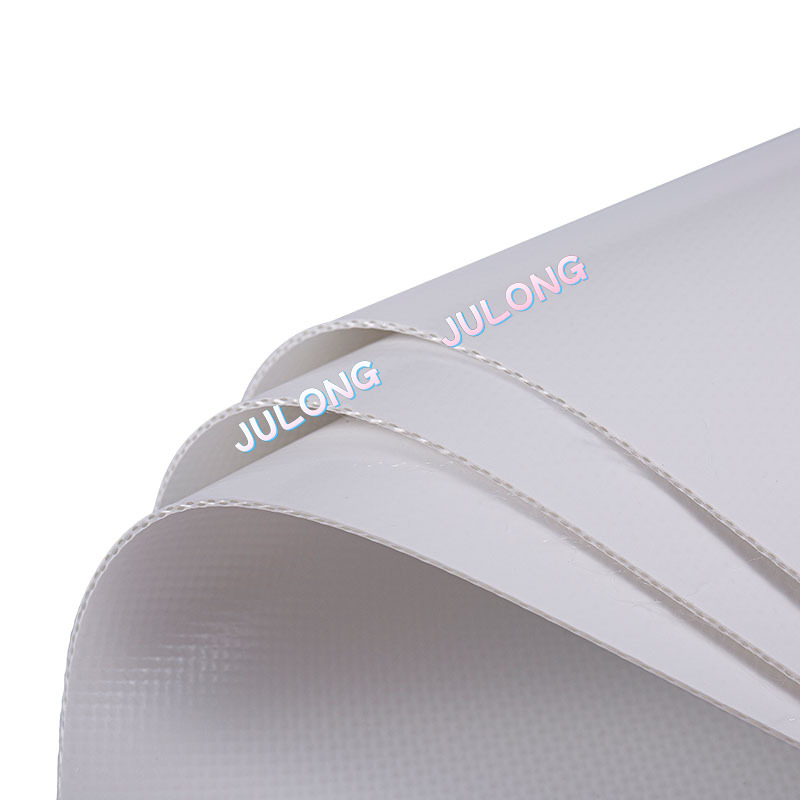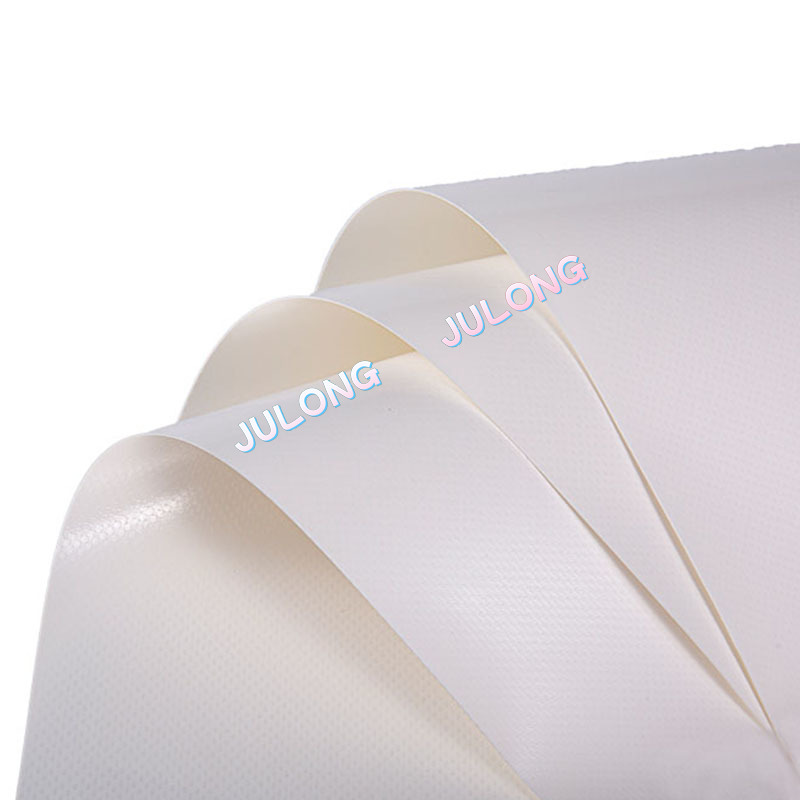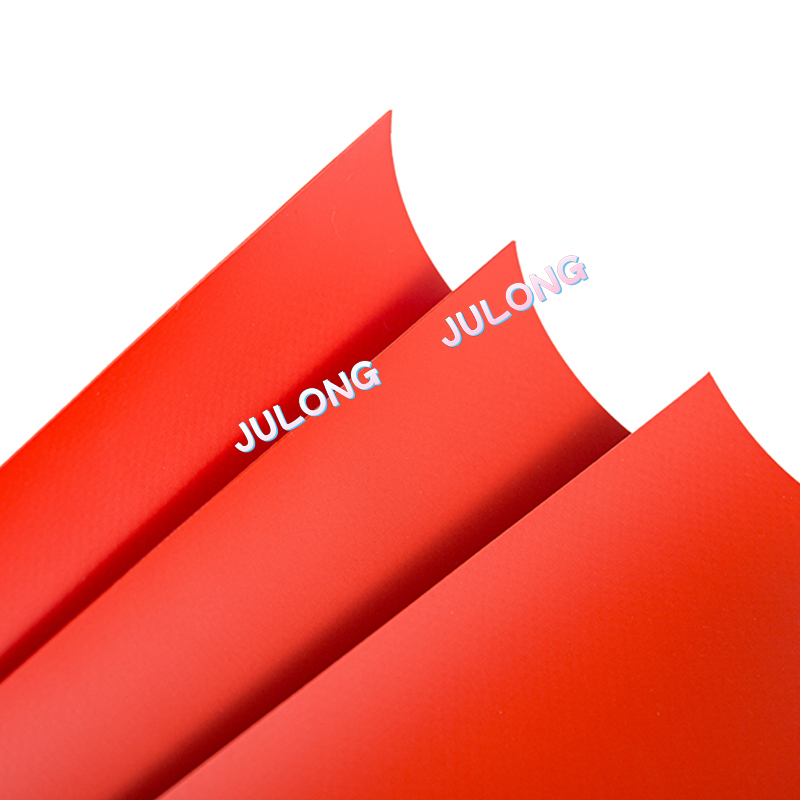PTFE membrane structure material is designed to allow natural light to enter covered spaces. One of the key features of PTFE membranes is their translucency, which enables diffused natural light to pass through. This characteristic makes PTFE membrane structures an excellent choice for architectural applications where a balance of natural light, shade, and aesthetic appeal is desired.
Here are some key points related to the entry of natural light through PTFE membrane structures:
Translucency:
PTFE membranes are translucent, meaning they allow light to pass through while diffusing it. This property creates a well-lit and visually appealing environment beneath the membrane.
Diffused Natural Light:
PTFE membrane structures transmit natural light in a diffused manner. The diffused light helps minimize harsh shadows and glare, providing a comfortable and evenly illuminated space.
Daylighting Benefits:
The ability to allow natural light into covered spaces is particularly beneficial for daylighting purposes. Daylighting is the use of natural light to illuminate interior spaces, reducing the need for artificial lighting during daylight hours.
Visual Comfort:
The diffused natural light provided by PTFE membranes enhances visual comfort for occupants. It creates a bright and open atmosphere while maintaining a connection with the outdoors.
UV Protection:
While PTFE membranes allow natural light to enter, they are designed to filter and reduce harmful ultraviolet (UV) rays. This helps protect occupants and interior furnishings from the damaging effects of prolonged exposure to UV radiation.
Aesthetic Appeal:
The combination of translucency and the play of natural light makes PTFE membrane structures aesthetically appealing. Architects often use these membranes to create visually striking and inviting spaces.
Energy Efficiency:
The ability to harness natural light contributes to the energy efficiency of a building or structure. By utilizing daylight, occupants can reduce their reliance on artificial lighting, leading to energy savings.
Customizable Light Transmission:
The level of light transmission through PTFE membrane structures can be customized based on design requirements. Designers can work with manufacturers to achieve the desired balance between natural light and shading.
PTFE membrane structures are used in various architectural applications, including canopies, awnings, covered walkways, stadiums, and atriums, where the integration of natural light is a key design consideration.



 English
English عربى
عربى